Unleashing the power of design tools can be a game-changer for any creative professional. Among these, the rectangle tool has a pivotal role that’s often overlooked. This versatile tool, used for crafting perfect rectangles or squares, is a staple in the toolbox of graphic designers and artists worldwide.
Rectangle Tool Berfungsi Untuk…
The Basic Uses of the Rectangle Tool
The rectangle tool berfungsi untuk… witnesses utilization in myriad design contexts. It provides designers a simple, yet potent method to craft shapes for their design projects. These shapes, specifically rectangles and squares, become the foundational elements in visual compositions. These geometric entities, when combined skillfully, create layouts, interfaces, and buttons. One cannot overstate the tool’s role in drawing symmetrical shapes quickly. Additionally, it aids in setting margins and padding, serving to better structure design layouts.
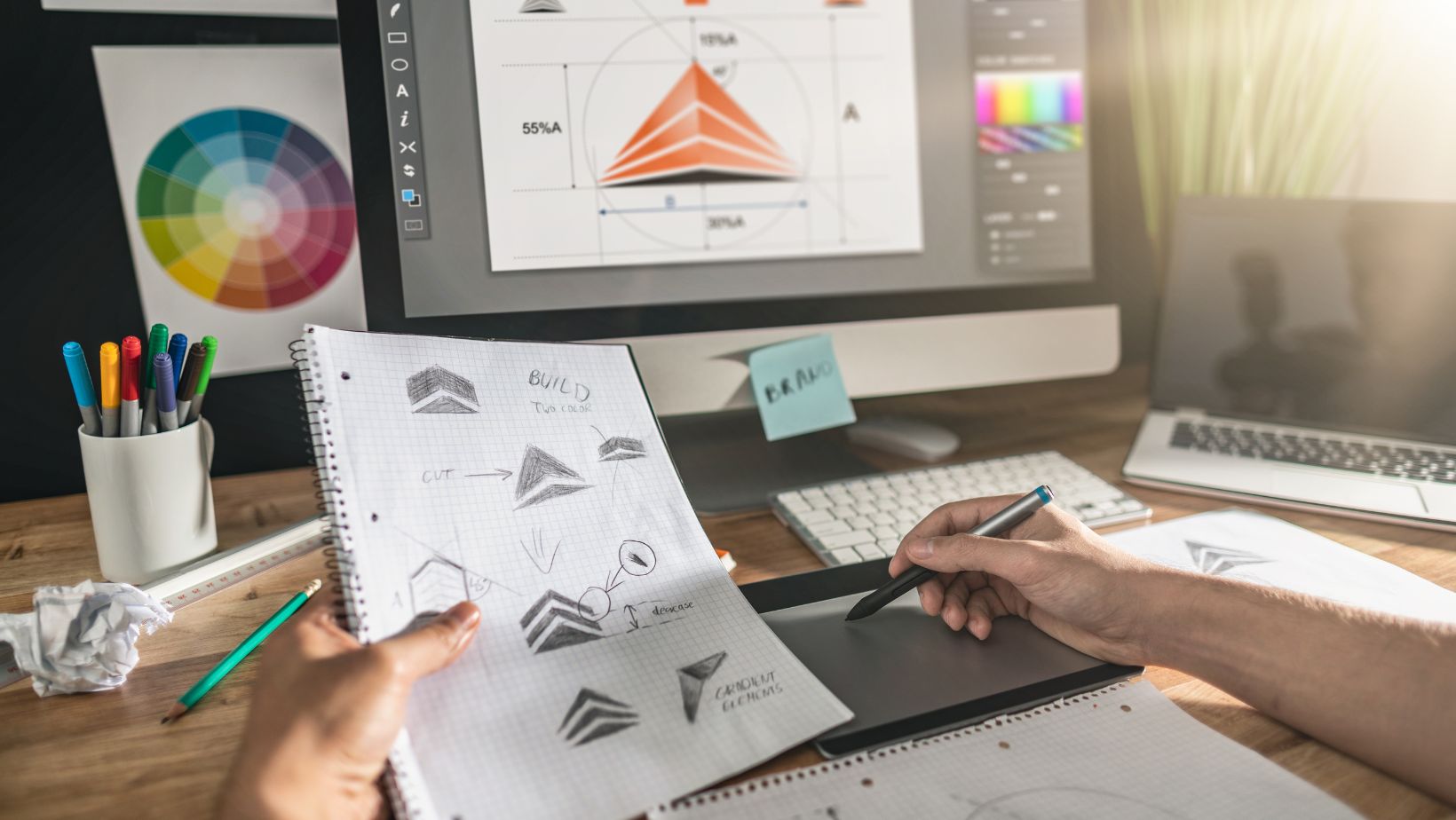
Consider an instance of website design. The designer can use the rectangle tool to carve out navigational menus and clickable buttons.
Unique Features of the Rectangle Tool
Distinct features pepper the rectangle tool berfungsi untuk…, amplifying its functionality. For instance, it allows the modification of corners, either rounding them off or keeping them straight-edged. Additionally, it supports the manipulation of rectangle dimensions. Designers may adjust length and breadth to their exact specifications. Not limited to traditional rectangles, it permits the creation of perfect squares as well.
The rectangle tool also works wonders with color. Users can fill these rectangular entities with solid colors, gradients, or even patterns. Similarly, they can alter stroke color, width, and style. The opacity, too, undergoes adjustment, offering more control over the rectangle’s visualization.
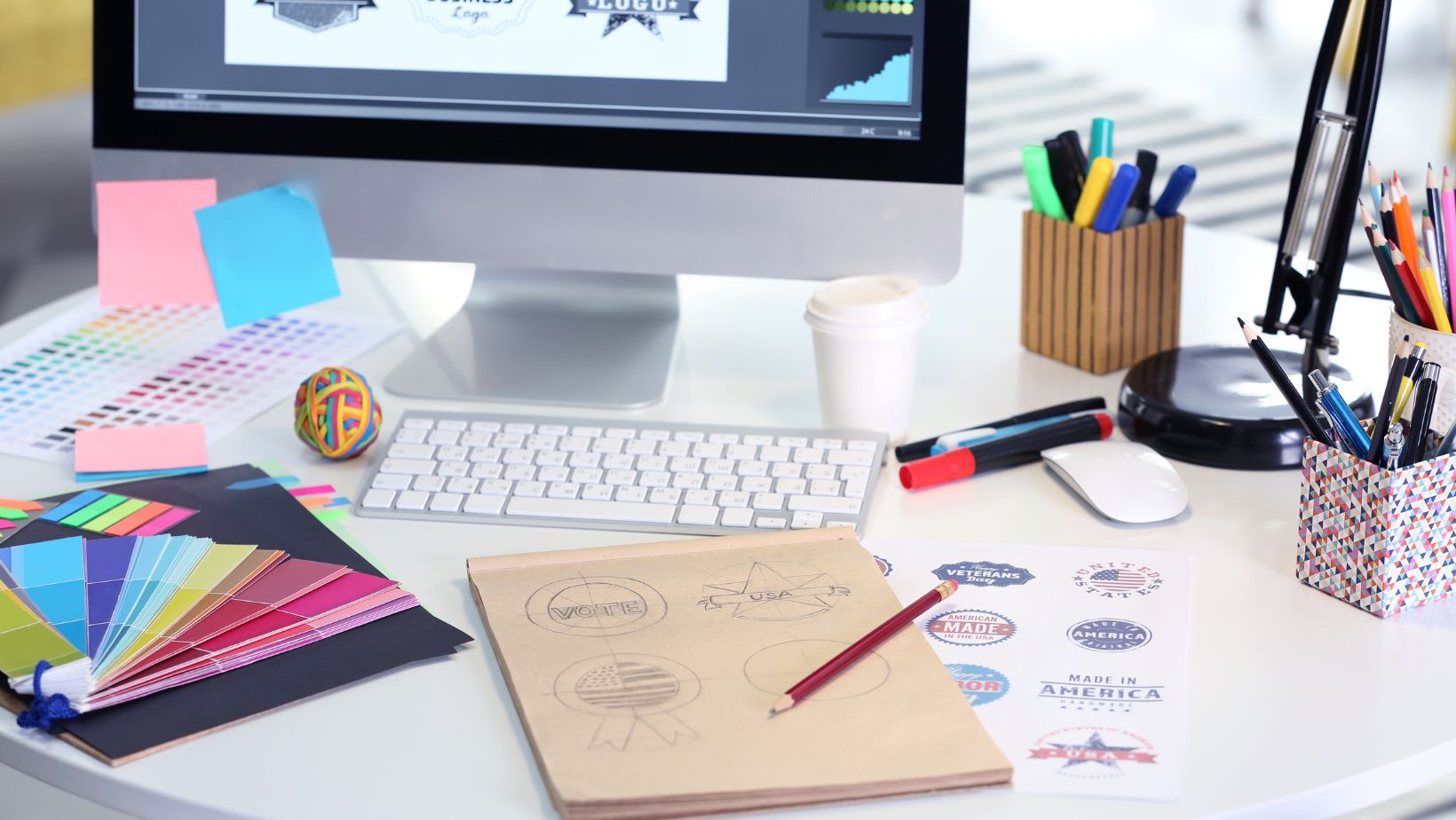
Regarding layers, these rectangles can be moved, locked, hidden, or grouped with other shapes for better organization and workflow efficiency. Another intriguing feature is the copy-paste style functionality. In this, the styles applied to one rectangle can be duplicated onto another. This feature proves particularly useful when the same look has to be replicated across multiple design elements.
In essence, the rectangle tool plays a fundamental role in shaping design. Its primary and unique features contribute significantly, enabling designers to manifest their creative vision effectively and efficiently.
How to Use the Rectangle Tool Efficiently
Having established the rectangle tool berfungsi untuk… role in design, it’s important to delve into how to use it efficiently. This section focuses on the procedure of using the rectangle tool and some beneficial techniques to optimize its functionality.
Step-by-Step Guide
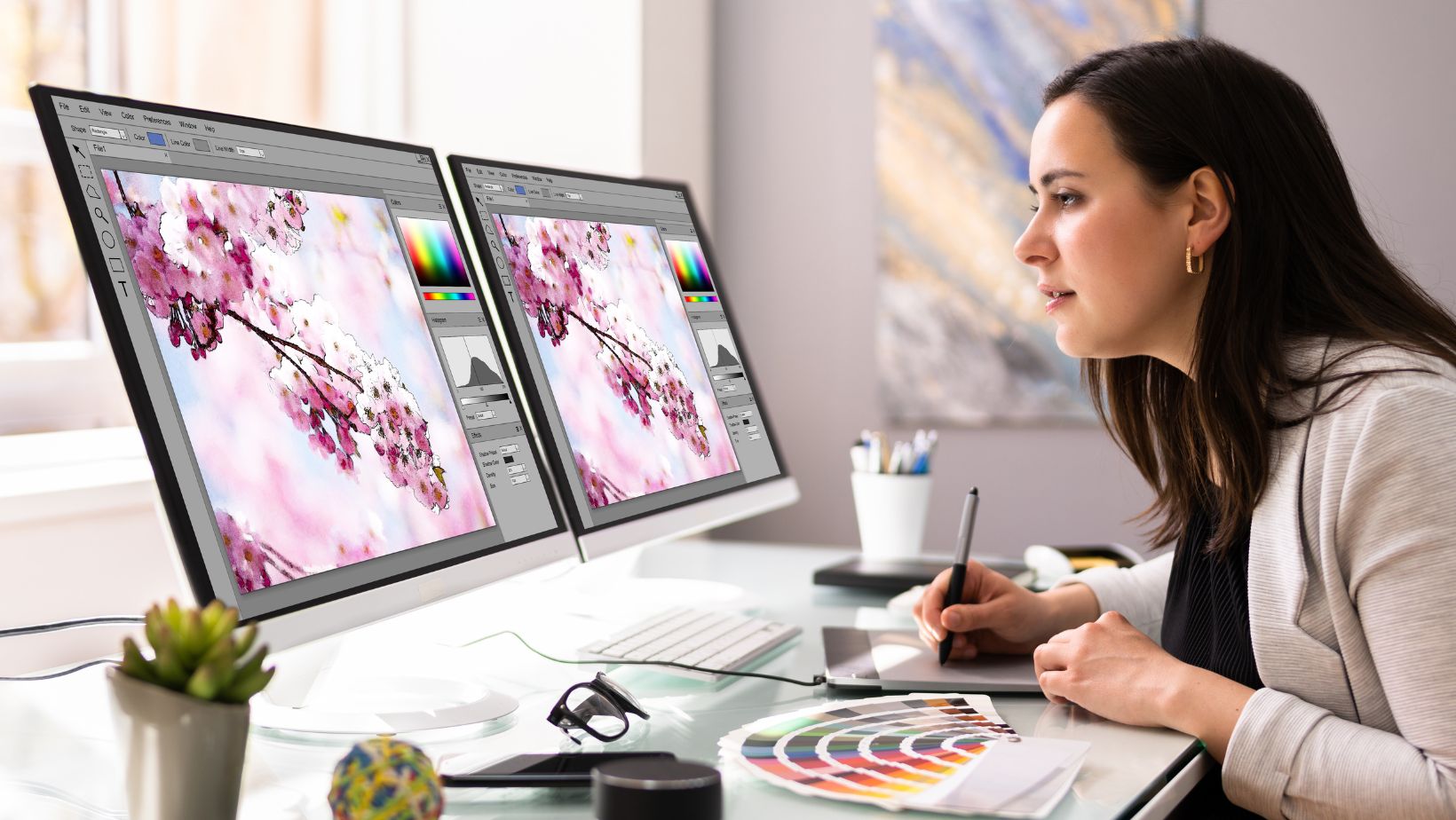
The rectangle tool’s effortless functionality allows a designer to create shapes and layouts with relative ease. It’s as simple as initiating a command, placing a point, dragging, and then releasing. But for more precision, follow these steps:
- Initiate the command: Select the rectangle tool from the toolbar or use the shortcut command.
- Placing a point: Click at the starting location on the design canvas.
- Drag to define the shape: With the mouse button still depressed, drag across the canvas to form the rectangle’s size and shape.
- Release to finalize: Release the mouse button when satisfied with the dimensions to finalize the rectangle.
Tips and Techniques
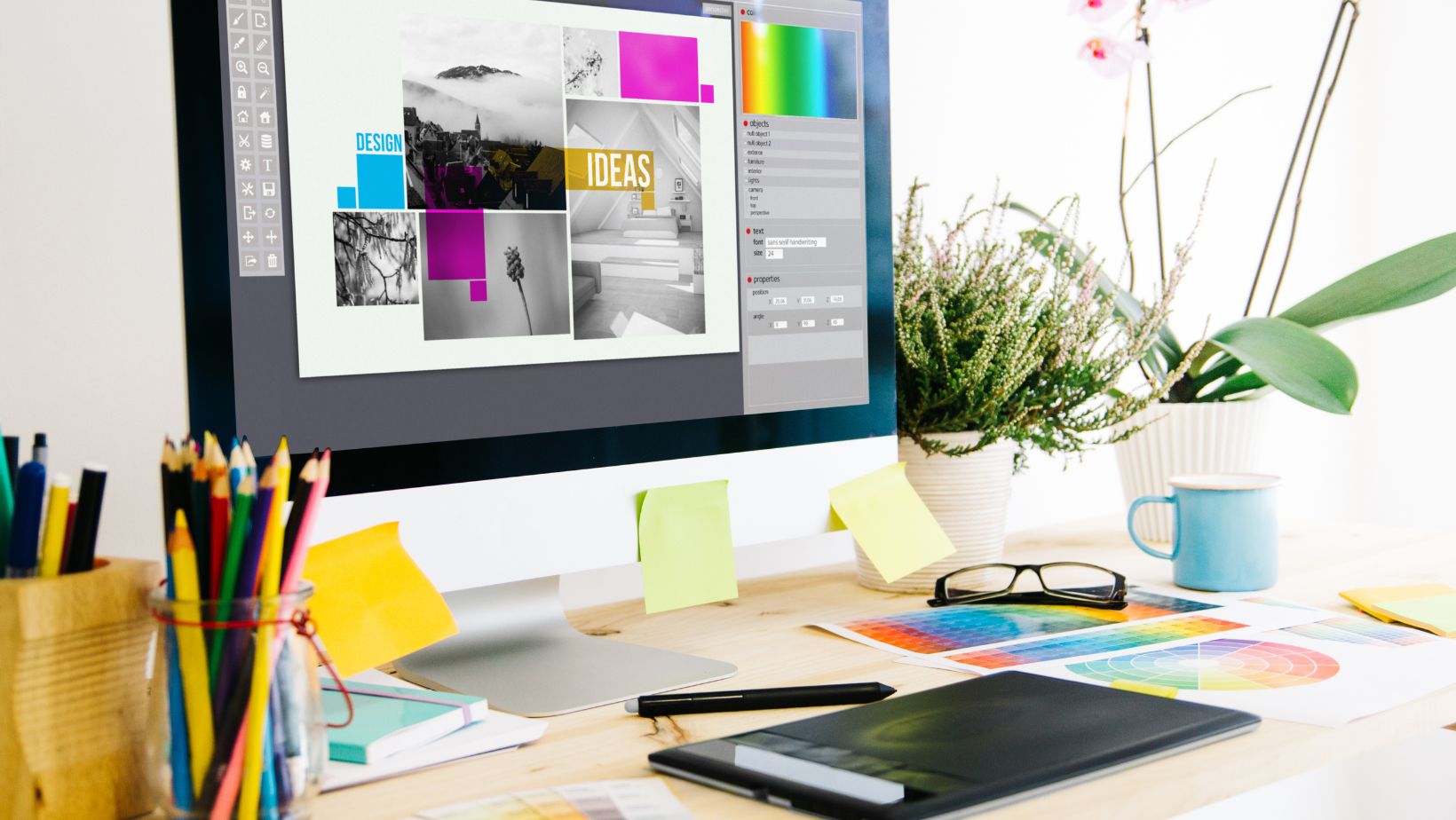
Techniques aid in amplifying the potential of the rectangle tool, thusly facilitating optimized usage.
- Use the shift key for equal dimensions: Holding down the ‘Shift’ key while dragging the mouse creates a perfect square.
- Adjusting dimensions and aspect ratio: The ‘Ctrl’ key allows one to manipulate the aspect ratio, thusly enabling flexibility in dimensions.
- Corner modification: Utilizing the direct selection tool helps adjust the rectangle’s corners, altering the roundness or sharpness.
- Layer management: Design elements can be placed strategically using this tool. It’s worthwhile considering positioning and alignment to enhance the overall design.
- Color Manipulation: An array of colors can be infused into rectangles. Play around with options like fill and stroke to bring out the desired effects.
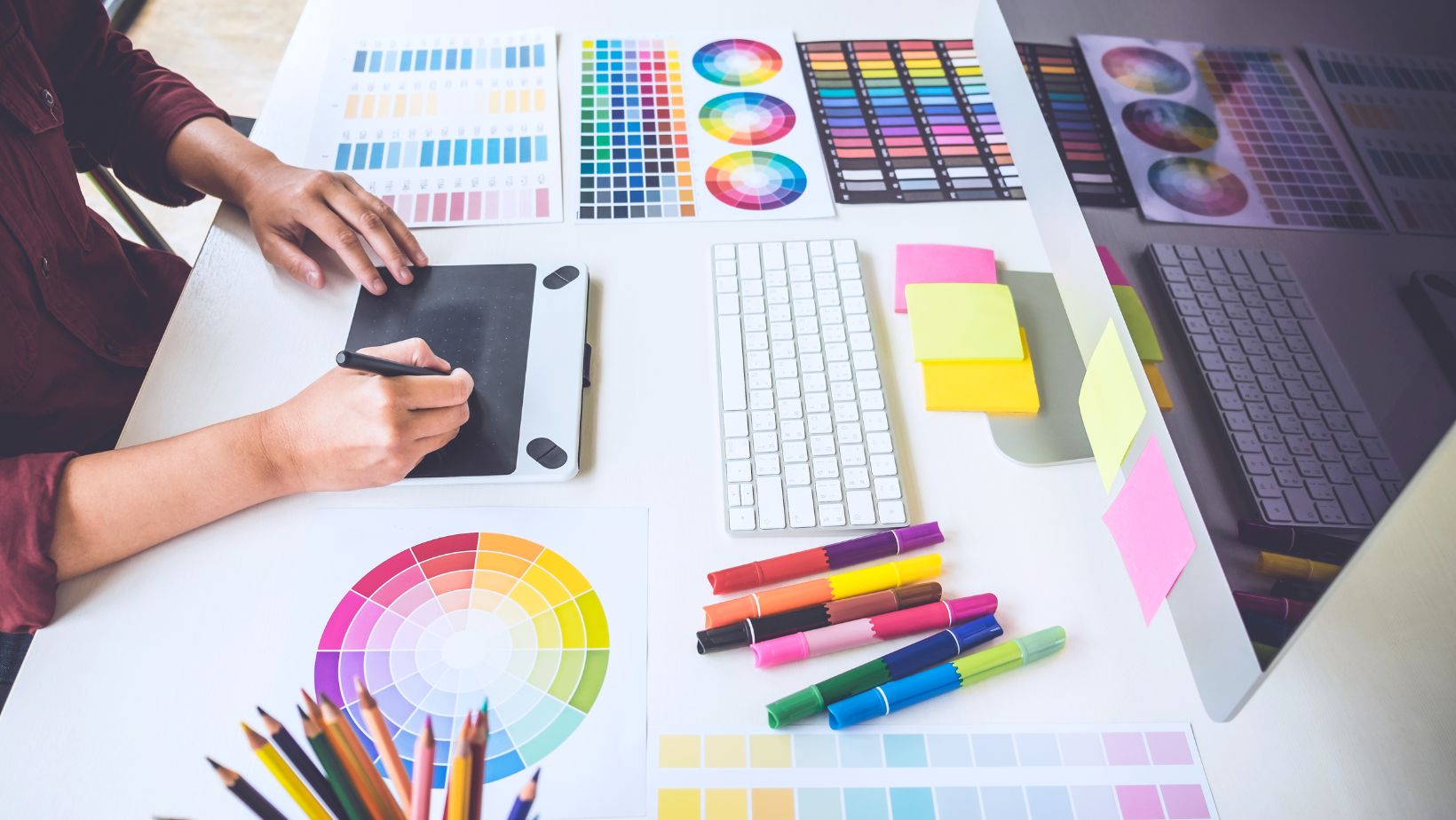
Mastering the rectangle tool comes with understanding its basic function and further tailoring these functions to one’s creativity. The core remains the same, but it’s the artistic liberty one takes that defines the distinctive results. Hence, knowing “rectangle tool berfungsi untuk”, or what the rectangle tool is used for, goes a long way in reaping its full benefits.
Comparing the Rectangle Tool with Other Tools
The comparison of the rectangle tool with other tools gives designers a comprehensive understanding and application of this essential instrument in their design toolboxes.
Rectangle Tool Vs. Ellipse Tool

Switching focus to the rectangle tool and exploring its functions compared to something like the ellipse tool, offers intriguing insights. Both tools share fundamental features, such as color manipulation and designing shapes to form compelling visual compositions. Yet, they differ in the shapes they craft. While the rectangle tool specializes in creating rectangles, squares, and their derivatives, the ellipse tool excels in creating circular and elliptical elements.
Example: Consider a designer creating a mobile app layout. They’ll likely use the rectangle tool for UI elements like buttons, dialog boxes, or panels, but the ellipse tool for rounded profile pictures or notification badges.
Advantages of the Rectangle Tool Over Other Tools
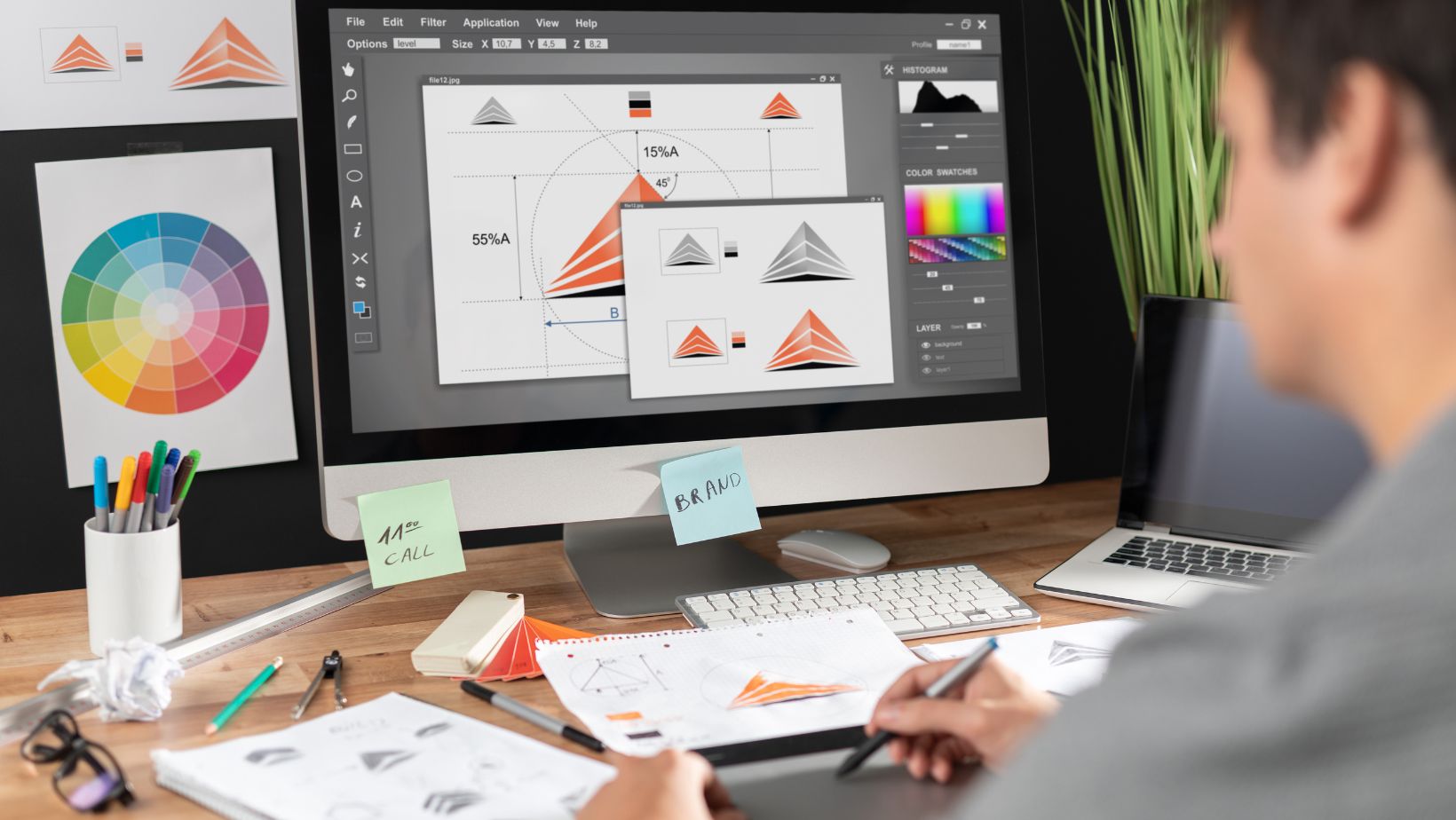
The rectangle tool holds several advantages over other tools. One noteworthy aspect is its unique ability to set margins and structure design layouts, offering better control over the visual coherence of a design. Another advantage lies in the ease of corner modification and dimension adjustment. For instance, rounding corners of square buttons, adding unique aesthetics, is simplified using the rectangle tool. Comparatively, several other tools lack this fine-grained control over aesthetics. Additionally, shortcuts for equal dimensions, a feature unique to the rectangle tool, speeds up the design process and enhances productivity. These collective features make the rectangle tool a beneficial addition to any designer’s toolbox.
Real-Life Applications of the Rectangle Tool
Given its robust capabilities, the rectangle tool sees extensive application in real-world scenarios. They range from making intuitive graphic designs to planning sound architectural structures.
Use in Graphic Design

Straightforwardness marks the use of the rectangle tool in graphic design. It paves the way to creating geometrically perfect squares and rectangles, vital in designing logos, creating infographics, and laying out websites. For example, an infographic displaying the statistics of a company’s growth may consist of several rectangles, each representing a different set of numerical data. In addition, the tool proves essential while designing interfaces where emphasis lies on visual balance.
Moreover, the rectangle tool allows designers to manipulate corners, altering them from sharp to rounded, adding stylistic flexibility to their creations. For instance, square-shaped buttons on a website can adopt rounded edges for a soft, user-friendly look. So, the rectangle tool berfungsi untuk… keyword fits aptly in this context, emphasizing the tool’s multifaceted functionality in the realm of graphic design.
Use in Architecture
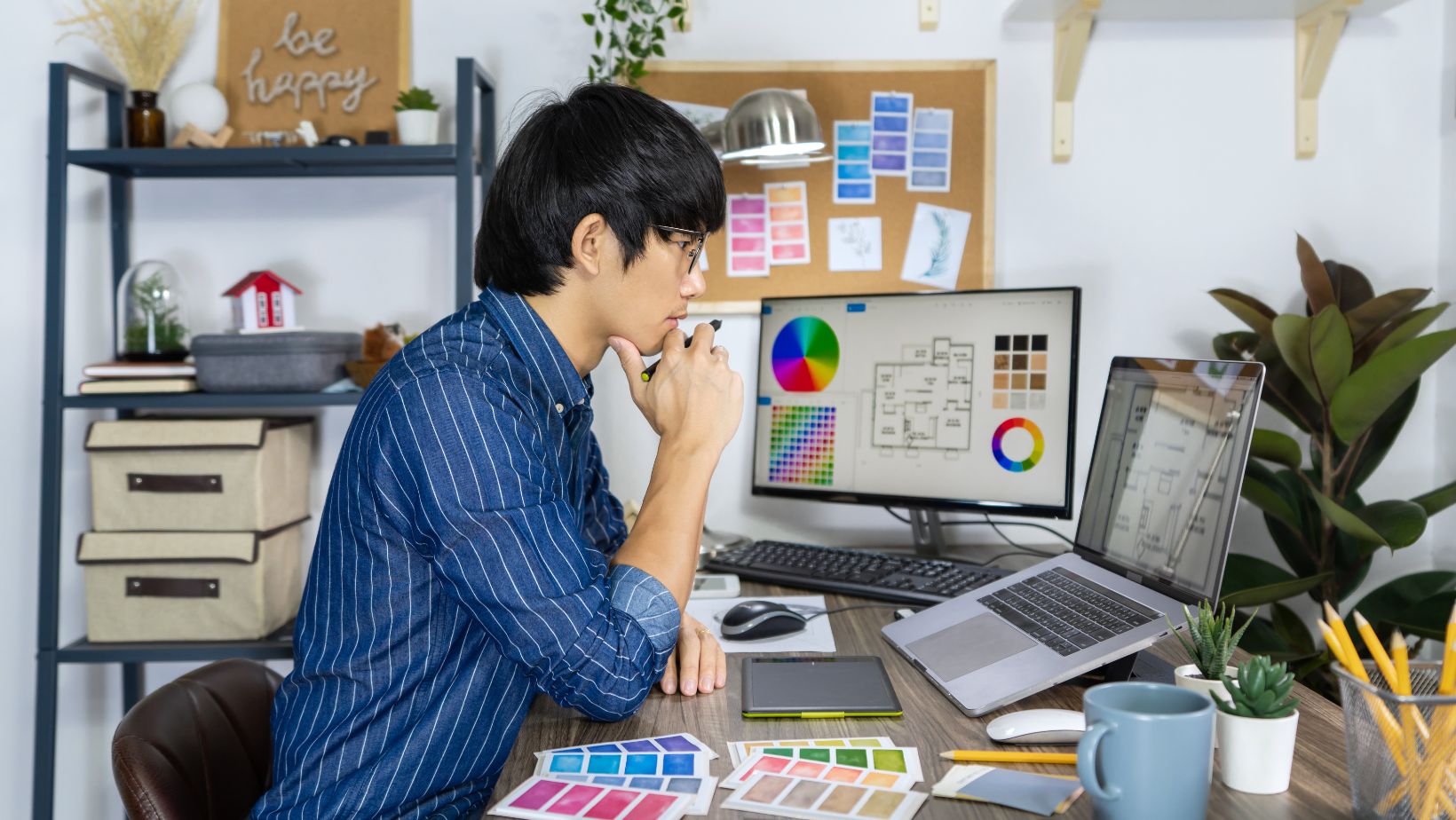
Not only limited to graphic design, but the rectangle tool also plays an instrumental role in architectural planning and drafting. It assists architects in creating floor plans and building designs, where clean lines and proportional rectilinear shapes are paramount. For example, when drawing a floor plan, an architect might use the rectangle tool to outline the boundaries of rooms, ensuring accurate dimensions and symmetrical layouts throughout the plan. Additionally, in designing the facade of a building, the architect can employ the rectangle tool to craft windows and doors uniformly.
Thus, when considering rectangle tool berfungsi untuk… – the rectangle tool serves to strike a balance between design and precision in both graphic design and architecture, underlining the indispensable and flexible nature of this versatile tool.

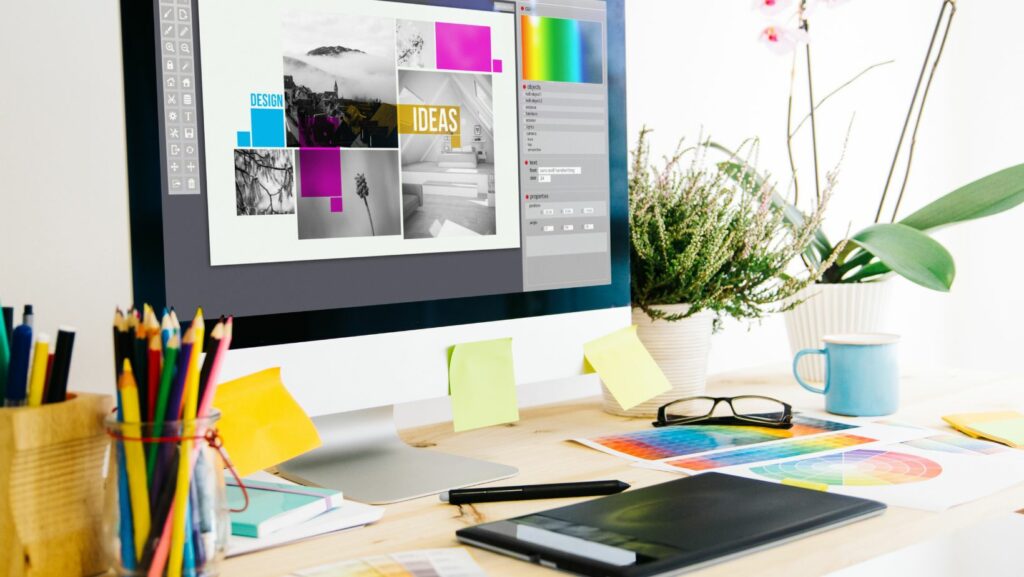
More Stories
Why Ferrari Is the Perfect Choice for Dubai Roads
VivaMax Sub Indo: Bridging the Filipino-Indonesian Streaming Experience
Contact Flyarchitecture for Expert Architectural Solutions